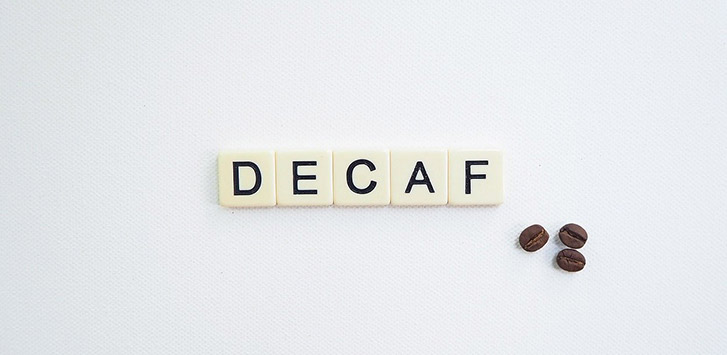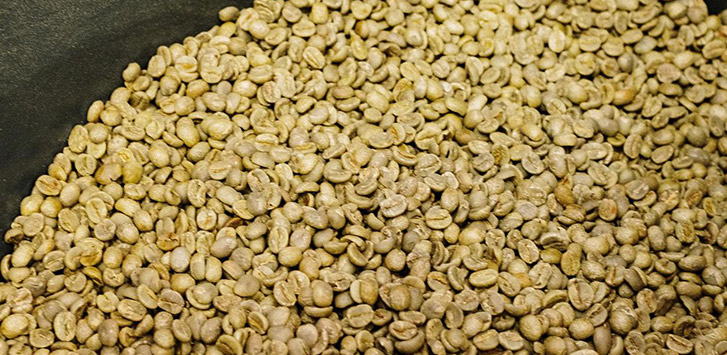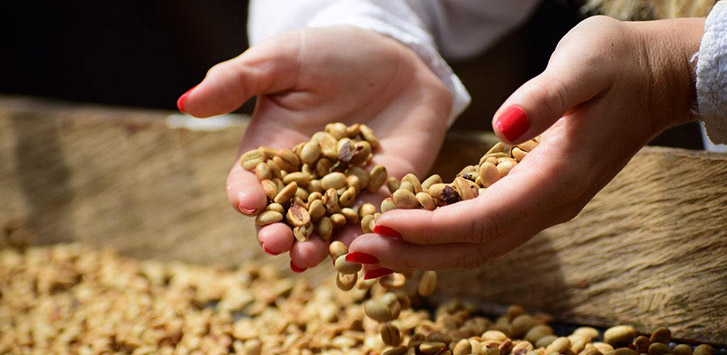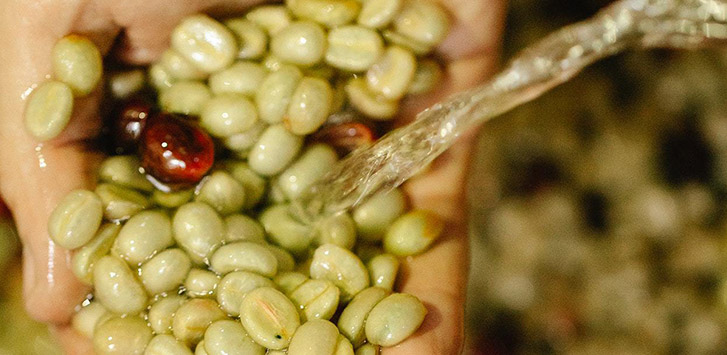
The short answer to “how much caffeine is in decaf coffee” is between 2 to 12 milligrams of caffeine. You might have thought that decaffeinated coffee meant caffeine-free, but you’d be sadly mistaken. No matter the process, removing all the caffeine from the coffee bean is impossible, though a good deal of the caffeine present within the bean can be removed.
Decaf coffee has gotten a bad reputation over the years for being of inferior quality, lacking taste, and any number of invectives hurled at it over the years, but decaf coffee is just as flavorful as any “regular”, the caffeinated coffee bean is.
Decaf coffee also allows those who have caffeine sensitivities or who have health issues that could be exacerbated by caffeine like GERD, high blood pressure, or anxiety to still enjoy their morning cup without the harmful side effects. Other options to lower your caffeine intake could include herbal replacements like chicory coffee.
If you’ve ever wondered how does decaffeination occurs? Is the process safe and outside of the caffeine content is there anything else significantly different between “regular” coffee and decaf, then this article will help you better understand the differences between decaf coffee and regular coffee.
Regular Coffee vs Decaf Coffee

The most glaring and obvious difference between regular coffee and decaf coffee is the lack of caffeine present in decaf. Just because the caffeine in the coffee bean is removed does not mean that the flavors present within the bean are removed. If this wasn’t the case, it would be shocking that decaf coffee comprises 12% of worldwide coffee consumption. That’s nearly 1 billion pounds a year.
There are also 3 main ways coffee is decaffeinated and each yields different caffeine amounts after the decaffeination process is finished. We also recommend that you roast any decaf beans to dark roast to fully get the flavors while further toning down the caffeine content that’s still present within the coffee beans.
What is the Decaffeination Process?

There are three major decaffeination processes used for removing caffeine from the beans, however, the process of decaffeination has been occurring (at least on a commercial scale) since the early 1900s. It was first observed in 1903 in Germany after a shipment of coffee beans had been washed with seas but was found to not lose any flavor.
From 1905 onward, the German coffee magnate, Ludwig Roselius began experimenting with steaming the coffee beans with different bases and various acids then blanching them in a benzene solvent to remove the caffeine.
While benzene is now known as a dangerous hydrocarbon, back then they weren’t aware. By 1906 Ludwig Roselius had filed his patent for decaffeinating coffee beans and paved the way for large coffee companies to pave the way for the commercial use of decaffeination.
How Does the Decaf Process Effect Caffeine Content?
The decaffeination process effectively removes between 94 to 98 percent of caffeine from within the coffee bean depending on the method used. At least within the United States, the Food & Drug Administration doesn’t have any specific regulations around what can be called decaf, but typically coffees that are mass-marketed to the public fall between the range outlined above.
The FDA also recommends that people should limit their daily caffeine consumption to no more than 400mg per day. For some perspective, below are the caffeine measurements for various drinks in eight-ounce servings…
- Eight oz cup of regular coffee is 95-200mg
- Eight oz cup of green/black tea is 30-50mg
- Eight oz of brewed decaf is 2-12mg
- Eight oz cup of instant coffee is 27-173mg
The Three Decaffeination Processes
Nowadays, the decaffeination methods operate on the same general principle that Ludwig pioneered. By making the green coffee beans soluble through soaking then decaffeinating them around temperatures of 160-210F (70-100C) with a solvent to remove that caffeine.
Water Process Method (Swiss or Mountain Water Method)

The water process method (also called the Swiss water processing method) is perhaps the most “natural” as it only relies on water to remove the caffeine. This process finds the coffee bean soaked in water and made soluble then passed through treated charcoal to absorb the released caffeine.
This process is estimated to eliminate between 94% to 96% of caffeine present within the bean. This process is usually preferred for those who are worried about the use of chemical solvents to remove caffeine. The majority of our organic decaffeinated coffee beans are processed using this method.
Direct Solvent Method
The solvent method is the most used of the three-decaffeination process. The method uses a solvent like methylene chloride or ethyl acetate (which is found in fruits like apples or bananas). The green coffee beans are submerged in heated water with the solvent to pull out the caffeine present.
The beans are then rinsed with water to remove much of the solvent and finally the coffee beans are then steamed to further remove the solvent to trace levels. The FDA has strict guidelines on what constitutes a safe amount of solvent parts per million that can be left on the coffee bean before packaging and selling.
Carbon Dioxide Method
The carbon dioxide method is similar in technique to the solvent method but inside of a chemical solvent to remove the caffeine from within the bean, the processing method uses carbon dioxide. More specifically the beans are submerged in specialized high-pressure vats that operate at 250 to 300 times the Earth’s atmospheric pressure to push the carbon dioxide through the beans.
The coffee beans are then washed with water or channeled through activated charcoal like the Swiss water method. The carbon dioxide process typically extracts most of the caffeine (from 96 to 98%) within the beans.
Is Decaf Coffee Bad for You?
The short answer to this question is no. Decaf coffee is not bad for you, especially if you have any medical conditions that caffeine can further aggravate. A meta-analysis of 201 studies into the effects of coffee found that decaf coffee held no harmful health-related side effects. This makes purchasing your decaf beans to roast are the perfect choice for those who still love and enjoy coffee but have health issues that prevent them from enjoying “caffeinated” coffee.
It should be noted that coffee’s antioxidant and anti-inflammatory properties could be further bolstered with the removal of caffeine too! Regardless of whether or not if the bean is decaffeinated, coffee has many health benefits, such as lowering the risk of certain forms of cancer like skin, liver, oral, endometrial, prostate, and more.
Conclusion
From its origin as a “happy accident” of sorts to a hi-tech process that removes almost all of the caffeine in the bean, decaffeinated coffee isn’t a relatively new trend, but rather a large part of modern coffee history. Whether wanting to enjoy a coffee yet have a caffeine sensitivity or just wanting to enjoy a coffee without the caffeine kick, decaffeinated coffee is just as flavorful as regular coffee!